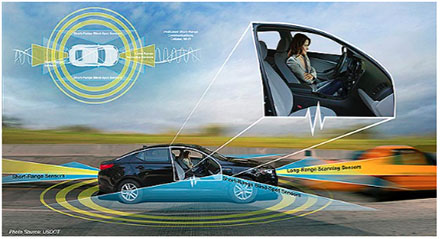|
The Japanese government aims to compile guidelines, address legal issues, and set up new safety regulations for autonomous vehicles to speed up deployment of self-driving cars in time for the Tokyo Olympics in 2020. To do this, the liability in the event of an accident involving an autonomous car must be outlined.
Not only will the people involved in the Olympics benefit from this, but also it will address labor shortages in rural areas and help people with mobility difficulties. Driverless busses and taxis could help the elderly visit doctors.
Back in 1964, the Japanese government decided to introduce Shinkansen, the high-speed train that reduced travel time between Tokyo and Osaka by more than 3 hours, just in time for the Tokyo Olympics. This time, the government plans to start testing partially automated truck convoys on highways linking Tokyo and Osaka.

Arizona does not require permission for testing self-driving cars, but so far, California has not allowed testing at all. As of April 2018, California is now accepting applications for testing autonomous driving, as long as a remote operator is ready to take over in case the car fails or suffers a collision.
As of May 2018, California received two applications: one from Waymo and another from JingChi.ai. Waymo will operate in a geofenced area of about 50 square mile using SAE Level 4, implying that humans in the car cannot overtake the control. Instead, two types of remote teams will monitor all vehicles. JingChi.ai will have a human monitoring the car from its office who is able to take remote control if the autonomous system fails, if a passenger requests it, or if someone calls the company to report a problem.
Full article: IEEE Vehicular Technology Magazine, Volume 13, Number 3, September 2018 |